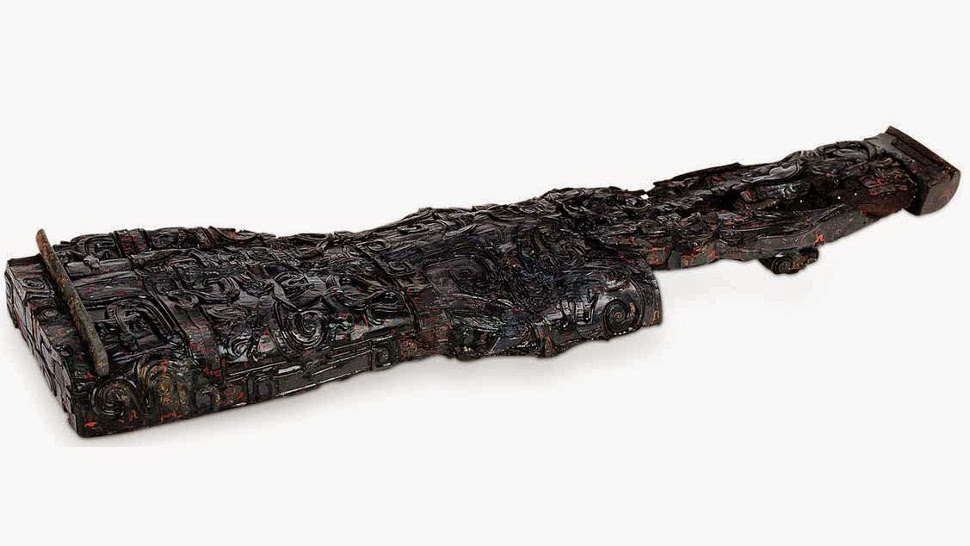Philadelphia Guitar History Lessons
A brief history of the guitar and its popularity today
There are so many famous guitarists who grew up and learned their craft in Philadelphia, a city that has always been part of the music scene. Did you know that Jim Croce was born in Philly? So was Joan Jett. Otis Rush, Kevin Eubanks, David Bromberg, and an endless list of others began strumming the strings in the City of Brotherly Love. The instrument that brought them their fame can be traced back to centuries ago…

The se is an ancient Chinese plucked zither that typically features anywhere from 19 to 50 strings, moveable bridges, and a range of five octaves. During the Zhou Dynasty, it was played during sacrificial offerings. The base was made from wood (which featured ornate patterns), and the strings from twisted silk. Read more>>
The guitar is an ancient and noble instrument. Its history can be traced back over 4,000 years. It produces some of the most beautiful and recognized sounds, which is why it remains so popular to this day. When you decide to pick up a guitar either for the first time or after many years of neglect, you know you have something quite special in your hands. With so much ease and popularity, guitar teachers can teach just about anyone to play.
The origins of the guitar have been the topic of many debates but one thing is true, its popularity has never waned. The earliest stringed instruments were made using tortoise shells and calabashes (gourds, squashes, and melons), bent sticks and silk strings. The evidence can be found in many of the world’s museums that hold artifacts to indicate this to be true.
The name “guitar” comes from the ancient Sanskrit word “tar” which means, “string.” The guitar’s ancestors came to Europe from Egypt and Mesopotamia. These early instruments usually had four strings, which were called “chartar.” The actual word “guitar” is derived from this although, by today’s modern guitars, there are usually six strings. The modern guitar took on its present form around 1850 when the Spanish guitar maker, Antonio Torres increased its size, altered its proportions and created the fan-braced top. His design drastically improved the volume and tone of the instrument and soon became the standard for every guitar. It has remained basically unchanged to this day.
In the late 1800s to early 1900s, immigrants started bringing these modern guitars to the United States. It was here that they started perfecting guitars by adding steel strings and ultimately introducing the electric guitar. Steel strings offered the availability of much louder guitars. The original style then needed to be made stronger to house these strings and the standard fan-style braced top was replaced with an X-brace top. This quickly became the industry standard for the steel string guitar.
The electric guitar was born in the late 1920’s to early 1930’s when the jazz age came around. It had little success, however, until 1936 when Gibson introduced its electric guitar that would make them and the electric guitar famous. There is, to this day, controversy as to whether Les Paul, Leo Fender, Paul Bigsby or O.W. Appleton constructed the first solid-body guitar. Whoever gets the credit, one thing is certain; the solid-body electric guitar was here to stay. And stay it has.
The guitar has always remained one of the most popular instruments amongst all genres of music. You will find its sound in just about every style of music. It is just as popular today as it was back then. No one can deny its sound or its simplistic nature that allows the player to be as quite intricate and complex as he or she wants to be. The guitars simple nature allows anyone the ability to learn it. The player’s imagination and creativity are what makes them stand out from the rest.